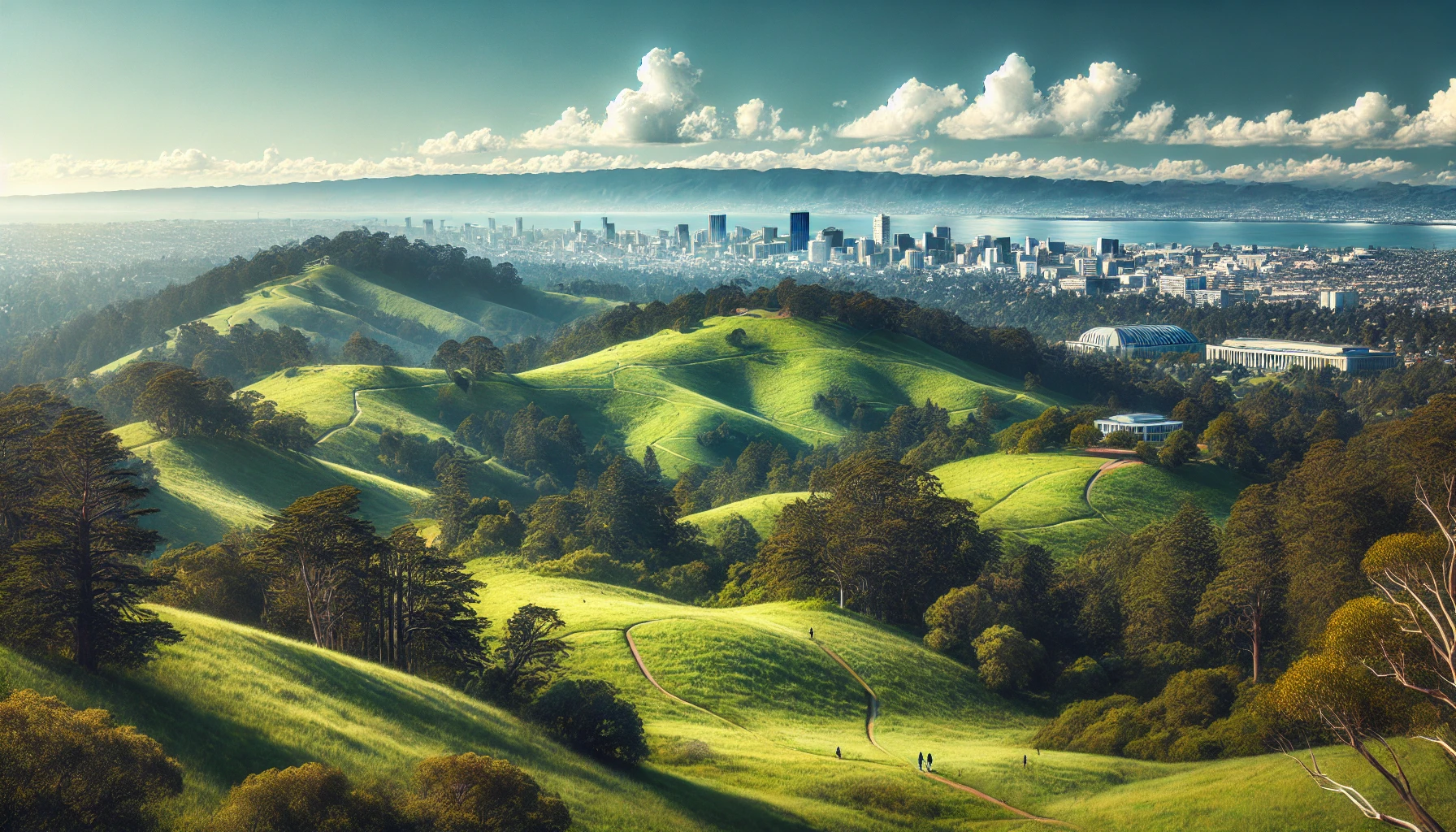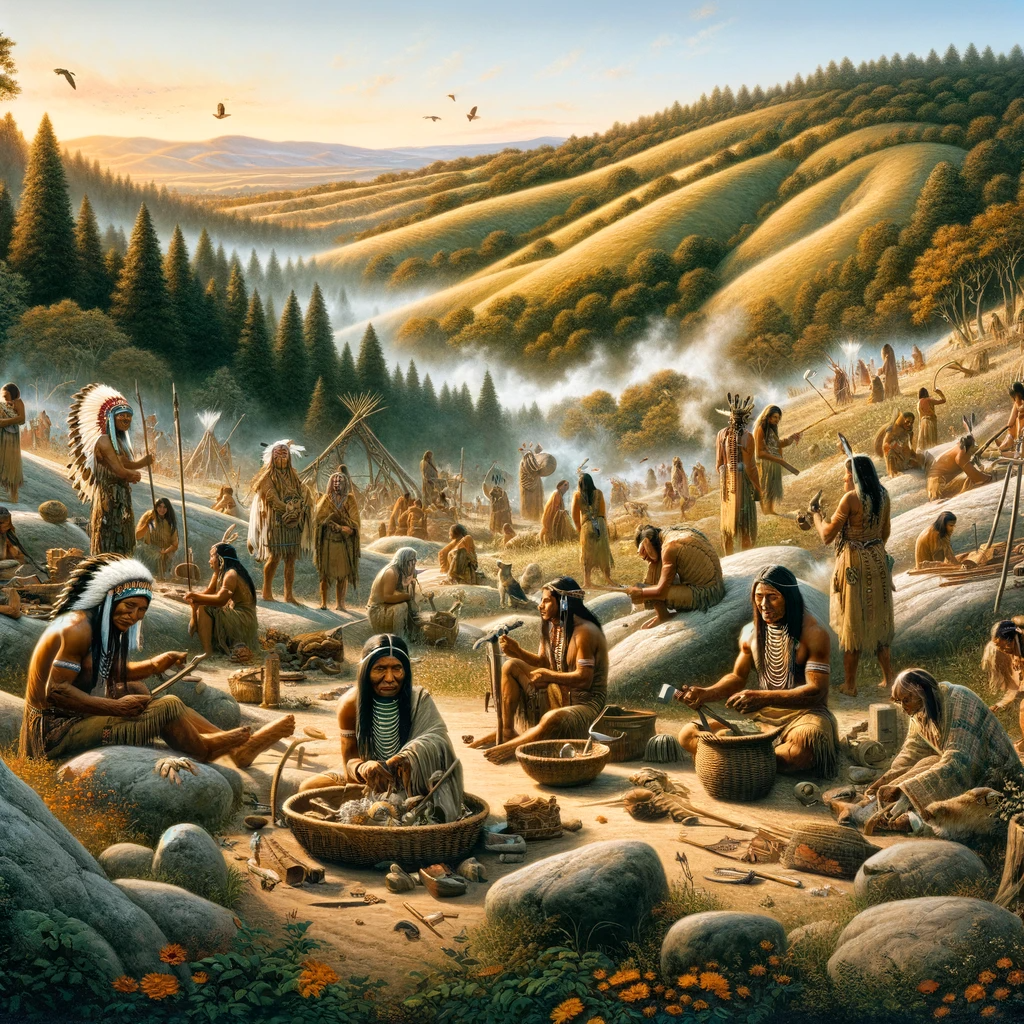Nestled in the heart of California’s East Bay, the Berkeley Hills stand as a majestic natural landmark, offering stunning views and a rich tapestry of outdoor experiences. This hilly region, characterized by its diverse landscapes and breathtaking vistas, beckons nature enthusiasts, hikers, and anyone seeking a tranquil escape from urban life. Let’s explore the wonders of the Berkeley Hills, understand what makes them unique, and discover how to make the most of your visit.
The Geographical Marvel of Berkeley Hills
The Berkeley Hills are part of the Pacific Coast Ranges
Berkeley Hills: A Natural Landmark Offering Stunning Views
Nestled in the heart of California’s East Bay, the Berkeley Hills stand as a majestic natural landmark, offering stunning views and a rich tapestry of outdoor experiences. This hilly region, characterized by its diverse landscapes and breathtaking vistas, beckons nature enthusiasts, hikers, and anyone seeking a tranquil escape from urban life. Let’s explore the wonders of the Berkeley Hills, understand what makes them unique, and discover how to make the most of your visit.
The Geographical Marvel of Berkeley Hills
The Berkeley Hills are part of the Pacific Coast Ranges, extending north to south and forming a natural barrier between the urban sprawl of the San Francisco Bay Area and the more rural Contra Costa County. The highest point in these hills is Grizzly Peak, which offers panoramic views of the bay, San Francisco, and beyond. On a clear day, you can see the iconic Golden Gate Bridge framed against the horizon, making it a perfect spot for photography enthusiasts.
A Haven for Outdoor Activities
The Berkeley Hills are a haven for outdoor activities, providing an array of recreational opportunities. Here are some of the top activities you can enjoy:
- Hiking and Trails: With miles of well-maintained trails, the Berkeley Hills offer some of the best hiking experiences in the Bay Area. Popular trails include the Claremont Canyon Regional Preserve, Tilden Regional Park, and the Berkeley Fire Trails. These trails vary in difficulty, catering to both beginners and experienced hikers.
- Wildlife Watching: The hills are home to a diverse range of wildlife, including deer, foxes, and a variety of bird species. Nature lovers will find plenty of opportunities to observe and photograph these animals in their natural habitat.
- Picnicking and Family Outings: Many areas within the Berkeley Hills are perfect for picnics and family outings. Tilden Regional Park, in particular, offers picnic areas, a botanical garden, and even a small lake for boating.
- Cycling: For those who enjoy cycling, the winding roads and scenic routes of the Berkeley Hills provide a challenging yet rewarding experience. Cyclists can take on the ascent to Grizzly Peak or enjoy a leisurely ride through the rolling terrain.
Historical Significance and Cultural Heritage
The Berkeley Hills are not only a natural wonder but also a site of historical significance. The hills were once inhabited by the Ohlone Native Americans, who lived off the land and utilized its resources sustainably. Today, you can find remnants of their presence in the form of shell mounds and other archaeological sites.
Additionally, the hills have played a role in the development of the University of California, Berkeley. The university’s Lawrence Berkeley National Laboratory, perched atop the hills, is a testament to the area’s contribution to scientific research and innovation.
The Scenic Beauty of Berkeley Hills
One of the most compelling reasons to visit the Berkeley Hills is the unparalleled scenic beauty they offer. The lush greenery, rolling hills, and sweeping views make it a picturesque destination year-round. During the spring, the hills come alive with wildflowers, painting the landscape in vibrant hues. In the fall, the foliage transforms into a tapestry of reds, oranges, and yellows, providing a stunning backdrop for outdoor activities.
Practical Tips for Visiting the Berkeley Hills
To make the most of your visit to the Berkeley Hills, consider the following tips:
- Plan Your Route: Depending on your interests, plan your route. Whether you’re hiking, cycling, or simply enjoying the views, having a clear plan will enhance your experience.
- Pack Essentials: Bring plenty of water, snacks, sunscreen, and a map or GPS device. The terrain can be challenging, and it’s essential to stay hydrated and nourished.
- Wear Appropriate Gear: Sturdy hiking boots or comfortable walking shoes are a must. The trails can be rocky and uneven, so proper footwear is essential for safety.
- Respect Wildlife: While it’s exciting to see wildlife, remember to observe from a distance and avoid disturbing the animals. Carry out all trash and leave no trace to preserve the natural environment.
- Check Weather Conditions: The weather in the hills can change quickly, so check the forecast before heading out. Dress in layers to accommodate varying temperatures throughout the day.
If you’re planning a visit to the Berkeley Hills, there are several must-see attractions that you shouldn’t miss. Tilden Regional Park is a top destination, offering activities such as hiking, picnicking, and wildlife viewing. The Grizzly Peak Boulevard provides some of the most breathtaking viewpoints in the area, perfect for capturing stunning photographs of the San Francisco Bay Area. Don’t forget to explore the Lawrence Hall of Science, which offers educational exhibits and hands-on activities for visitors of all ages. Whether you’re a local resident or a tourist, the Berkeley Hills offer a unique blend of natural beauty, recreational opportunities, and historical significance that make it a must-visit location.
Conclusion
The Berkeley Hills are a treasure trove of natural beauty, outdoor activities, and historical significance. From the panoramic views atop Grizzly Peak to the serene trails winding through Tilden Regional Park, there’s something for everyone to enjoy. Whether you’re an avid hiker, a wildlife enthusiast, or simply looking to escape the hustle and bustle of city life, the Berkeley Hills provides a perfect retreat.
So pack your bags, lace up your hiking boots, and set out to explore the wonders of the Berkeley Hills. With their stunning vistas, rich history, and diverse recreational opportunities, you’re sure to have an unforgettable experience.
By immersing yourself in the natural splendor of the Berkeley Hills, you’ll not only discover the breathtaking beauty of this region but also gain a deeper appreciation for the rich cultural and historical heritage it holds. Whether you’re a first-time visitor or a seasoned explorer, the Berkeley Hills will leave you captivated and inspired.



